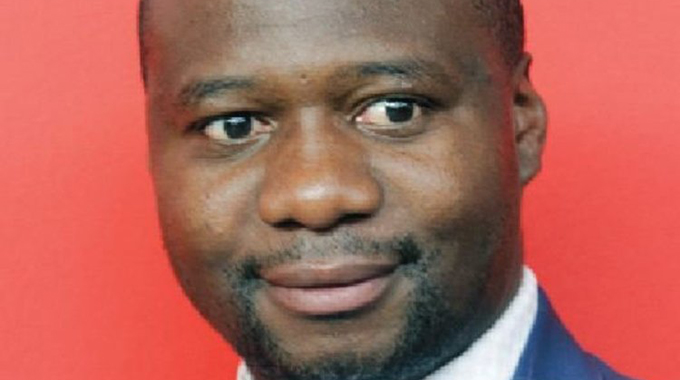Record forex allocation in first auction of 2021

Tawanda Musarurwa
Business Reporter
After the three-week gap for the annual shutdown of most manufacturers, the first Reserve Bank of Zimbabwe auction for this year saw a record demand and allocation of US$35,843 million, and the average exchange rate moving just 0,3 percent to $82,09 to US$1.
With the bulk of foreign currency from the auction allocated to the productive sectors, indications are that these businesses in farming, mining and manufacturing, all permitted in a level four lockdown, have been little affected by the latest lockdown, tightening in the second wave of Covid-19 infections.
The Zimbabwe dollar opened the new year steady, shifting by a marginal 0,3043 percent to $82,0914 from $81,7866 to the United States dollar after yesterday’s auction.
This well within the range of movements within the range of $83,3994 to $81,3458 since the end of August when the local currency achieved a high level of stability.
Total allocations this week rose to US$35,843 million from US$29,58 million for the December 21 auction.
Of that total, the bigger corporations accounted for the bulk of allocations at US$33,024 million, and the SMEs segment accounted for US$2,81 million. The Reserve Bank has already taken steps to ensure growing flows of foreign currency for the auctions by decreasing the percentage exporters are allowed to retain, although in return, allowing them to keep these retained earnings indefinitely to build reserves.
The removal of the limit on retentions has little practical effect on auction flows since most exporters were spending their retentions in full, even if they did not really need to import as much, while the higher surrender percentage will see flows into the auctions increase by a third.
These moves are in line with what independent economists have simultaneously been calling for to ensure the auction system continues to drive the productive sectors.
“Going forward there is need now to grow the supply side (of foreign currency) to boost the auction system,” said economist Persistence Gwanyanya. “The country’s foreign currency situation has so far been well managed despite some mitigating external variables.”
Improved forex availability on the auction platform will foster greater participation on the platform as some players are still directing dealing with their banks, although using the prevailing official rate.
The total number of bids on the auction platform rose to 512 from 366 previously. On the main auction, the total number of bidders stood at 301, while 207 bids were recorded on the SMEs auction. Only 32 main bids and 11 SME bids were rejected, all for faulty paperwork over reconciling previous exports and imports, or because the bidders were seeking currency to pay for goods and services not on either priority list.
The highest bid on the main auction remained at $86, while that for the SME section was marginally higher at $86,5. But the lowest bids on both the main auction and the SME auction were merged at $80, the same in the previous auction.
In line with policy, the raw materials segment accounted for the bulk of allotments yesterday at US$16,68 million on the main auction and US$663 898 on the SMEs section.
Machinery and equipment came in second with US$4,05 million on the main and US$606 825 on the SMEs section.
And consumables came in third on the main auction at US$1,99 million; but on the SMEs section, consumables took up US$648 742. Consumables, which are basically tyres and spares, tend to be more dominant higher on the SME auction because of the number of specialist smaller companies in the maintenance and service sectors of the productive economy.
The foreign currency auction system has largely been attributed to pricing stability over the past six months, which is now being reflected in the inflation numbers.
Monthly inflation crashed from August and these small monthly percentages are seeing the annual rate fall as well as high monthly rises fall out of the averaging, although analysts note that the annual rate has little practical meaning as it is measuring rising inflation for seven months followed by very low inflation for five months and will continue to fall until all 12 months reflect the new largely stable pricing.











Comments